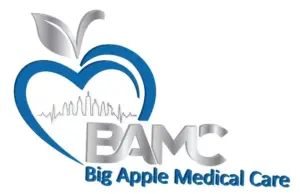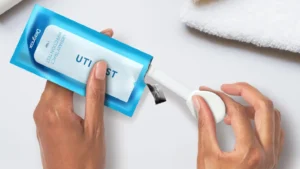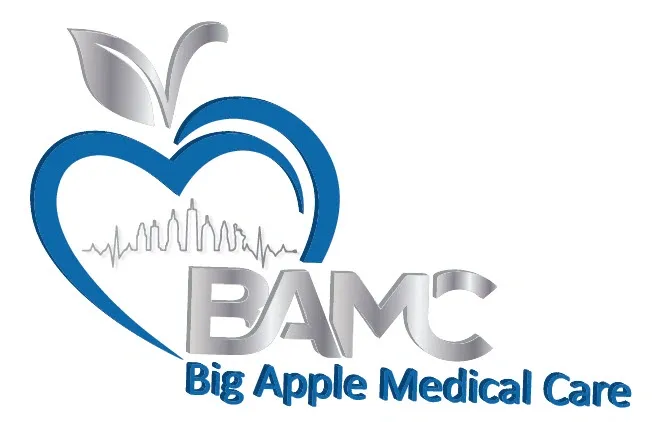At Big Apple Medical Care, we continually integrate cutting-edge advances to bring you more effective, less invasive solutions for shoulder arthritis. Our mission is to help you reclaim pain-free movement and long-term joint health—here’s a guided overview of the latest and most promising therapies.
Regenerative Orthobiologics: PRP, Stem Cells, mFAT
Platelet-Rich Plasma (PRP) harnesses your own growth factors to reduce inflammation and support tissue healing. Recent meta-analyses suggest PRP may yield better pain and functional outcomes in shoulder conditions compared to traditional treatments.
Stem Cell Therapy delivers undifferentiated cells—either from bone marrow or adipose tissue—that can potentially regenerate cartilage and repair soft tissue. Through image-guided injections, these therapies aim for long-term relief by activating the body’s healing response.
Micro-Fragmented Adipose Tissue (mFAT) is a newer modality that injects finely processed fat rich in stem cells and growth factors. Early research reports notable pain reduction and functional improvement up to 12 months post-treatment.
Pain-Focused Innovations: Cooled Radiofrequency Ablation
Cooled Radiofrequency Ablation (c-RFA) targets sensory nerves around the shoulder with heat energy to dampen pain signals. Emerging evidence shows it effectively reduces discomfort and enables improved mobility, even though it doesn’t directly regenerate tissue.
Gene Therapy: The Frontier of Shoulder Repair
A highly experimental but promising area, gene therapy for shoulder osteoarthritis aims to modulate key inflammatory and regenerative pathways. By injecting genetic vectors directly into the joint, clinicians hope to encourage tissue healing or reduce destructive inflammation.
Injectable Joint Support: Hyaluronic Acid & Corticosteroids
While not strictly new, viscosupplementation (hyaluronic acid injections) and corticosteroid injections remain mainstays to relieve pain and improve joint lubrication. These are especially useful during flare-ups or as adjuncts while exploring advanced interventions.
Emerging Physical and Digital Aids
-
Robotic-Assisted Rehabilitation: Novel shoulder robots replicate normal movement patterns while limiting harmful compensatory mechanics—ideal for frozen shoulder therapy.
-
Advanced Surgical Adjuncts:
-
Subacromial Balloon Spacers cushion the joint when the rotator cuff is irreparable. These dissolve over time but offer functional relief during rehabilitation.
-
3D-Printed Custom Implants help implant placement precision for reverse shoulder replacements, enhancing fit and function in complex anatomies.
-
Smart Surgical Planning with AI & Imaging
AI-powered imaging tools now help surgeons evaluate bone structure and disease staging more efficiently, facilitating precision-guided surgical plans or regenerative injection strategies tailored to each patient’s anatomy.
Comparing the Advanced Options
| Therapy | Primary Benefit | Best For |
|---|---|---|
| PRP, Stem Cells, mFAT | Regenerates joint tissue & cushions damage | Mild–moderate arthritis, early stage |
| Cooled RFA | Targets pain at the nerve level | Severe pain without surgery tolerance |
| Gene Therapy | Modulates inflammation & promotes healing | Experimental or high-risk/refractory |
| Corticosteroids / Hyaluronic Acid | Fast symptom relief; joint lubrication | Flare-ups; symptom management |
| Robotic Rehab / Balloon Spacers / 3D Implants | Enhanced recovery, structural support | Frozen shoulder, cuff tear with arthritis |
| AI Imaging Tools | Better diagnostics & treatment planning | Complex anatomies, surgical candidates |
How We Approach Advanced Therapies at Big Apple Medical Care
-
Personalized Evaluation: We determine the stage and severity of arthritis through imaging, symptom review, and functional assessment.
-
Therapy Matching: Mild cases may benefit from PRP or mFAT. Severe pain may warrant c-RFA. Surgery is considered only when absolutely necessary.
-
Precision Techniques: Image-guided injections and AI-informed surgical planning maximize accuracy and safety.
-
Rehabilitation Synergy: Robotic-assisted therapy and physical training post-procedure enhance outcomes and maintain mobility.
-
Ongoing Monitoring: We use clinical follow-ups and imaging to assess healing, adapt therapies, and guide long-term management.
Conclusion
These advanced therapies—from regenerative orthobiologics and pain-targeted interventions to robotic rehabilitation and AI-supported planning—represent a new era in managing shoulder arthritis. At Big Apple Medical Care, we integrate these innovations thoughtfully and responsively, tailoring treatment plans that minimize surgery, accelerate relief, and maximize mobility.







